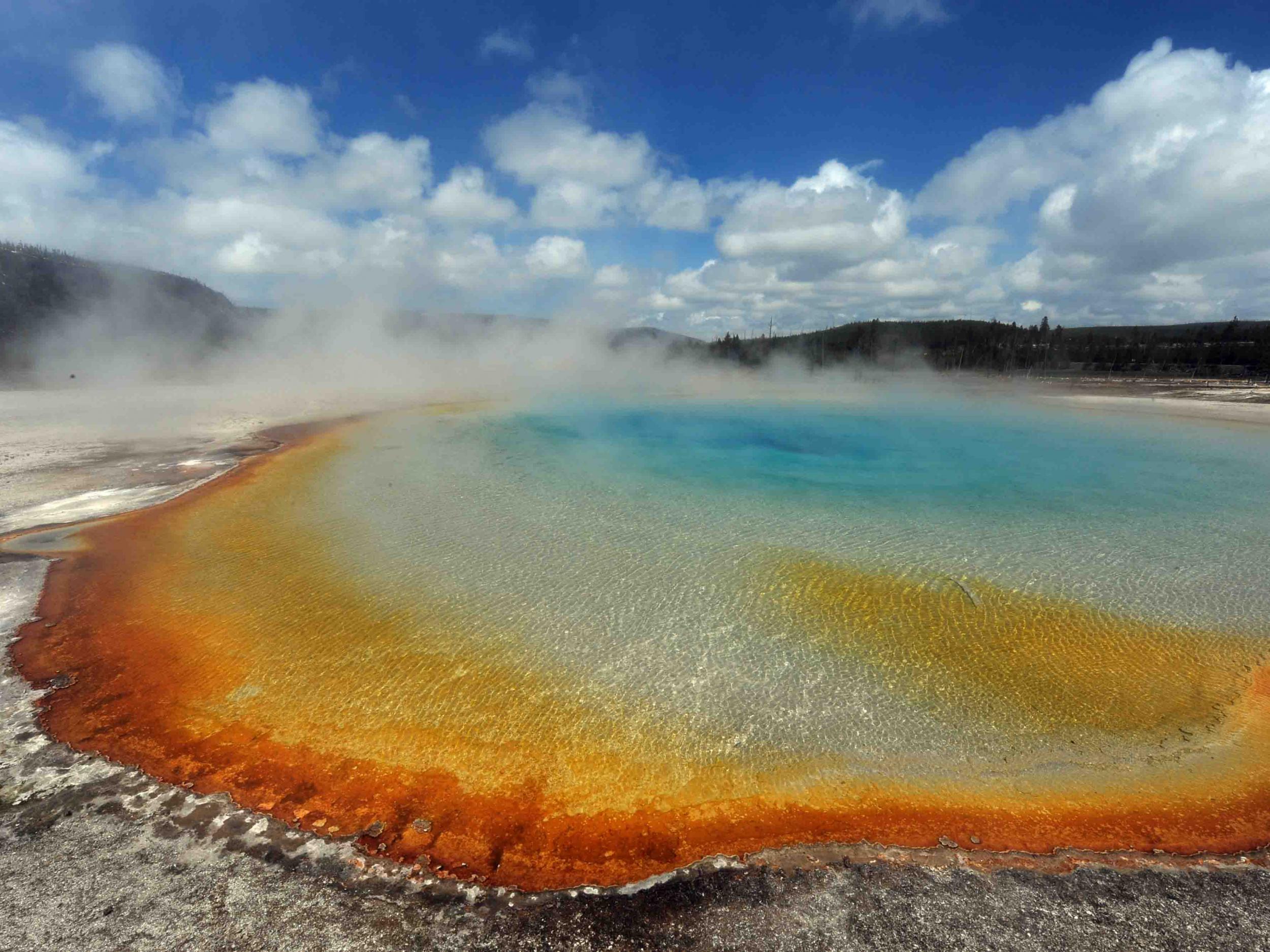Nasa scientists plan to stop supervolcano that could kill millions
The team believe that siphoning heat from the threat could lower the risk of eruption

When it comes to worrying over impending catastrophic events, the threat of World War Three definitely up there.
But according to NASA, there’s actually something far more ominous than an asteroid and it’s lurking right beneath our feet – supervolcanoes.
With around 20 so-called supervolcanoes scattered around the world right now, NASA says that an eruption of just one of them could be a bigger threat to the human race than any asteroid.
Luckily though, the space agency has a hatched a plan to prevent that from happening.
Hidden under Yellowstone National Park in the US, the Yellowstone Caldera is an enormous crater-like depression measuring 30 miles by 45 miles and is filled with red-hot magma.
If it were to blast in a super-eruption, experts say that it would spew out hundreds of cubic miles of molten material, incinerate everything within 60 miles and leave Wyoming and surrounding states blanketed with three feet of volcanic ash.
But, the devastation wouldn’t stop there. The dust and gases released by the eruption would blot out enough sun to wipe out crops and plunge the world into a ‘volcanic winter’ that could last for decades and kill millions.
While it’s unlikely to happen in anybody’s lifetime, scientists say that it is going to happen one day and so it’s come up with a plan to defuse the Yellowstone Caldera’s explosive potential.
In a write-up of the plan first shared with the BBC, the team say that they could prevent an eruption by siphoning heat from the caldera and converting the geothermal energy into electricity.
Water would be pumped through the borehole into the hot rock and then return to the surface at a temperature of more than 600 degrees farenheit. This would then be used to drive turbines and generate electric power.
When cooled, the water could be pumped back underground to subtract more heat.
“The primary objective … is to gradually defang Yellowstone as a threat to humanity,” says Dr Brian Wilcox, an aerospace engineer at NASA’s Jet Propulsion Laboratory in Pasadena, California.
While they aren’t about to descend on Yellowstone any time soon, the team hope that the idea will spark a discussion surrounding the threat of supervolcanoes.
“Keeping these volcanoes from devastating the human food supply and causing the deaths of 99 percent of all of humanity, that seems like a worthwhile thing to debate,” he added.
Join our commenting forum
Join thought-provoking conversations, follow other Independent readers and see their replies
Comments